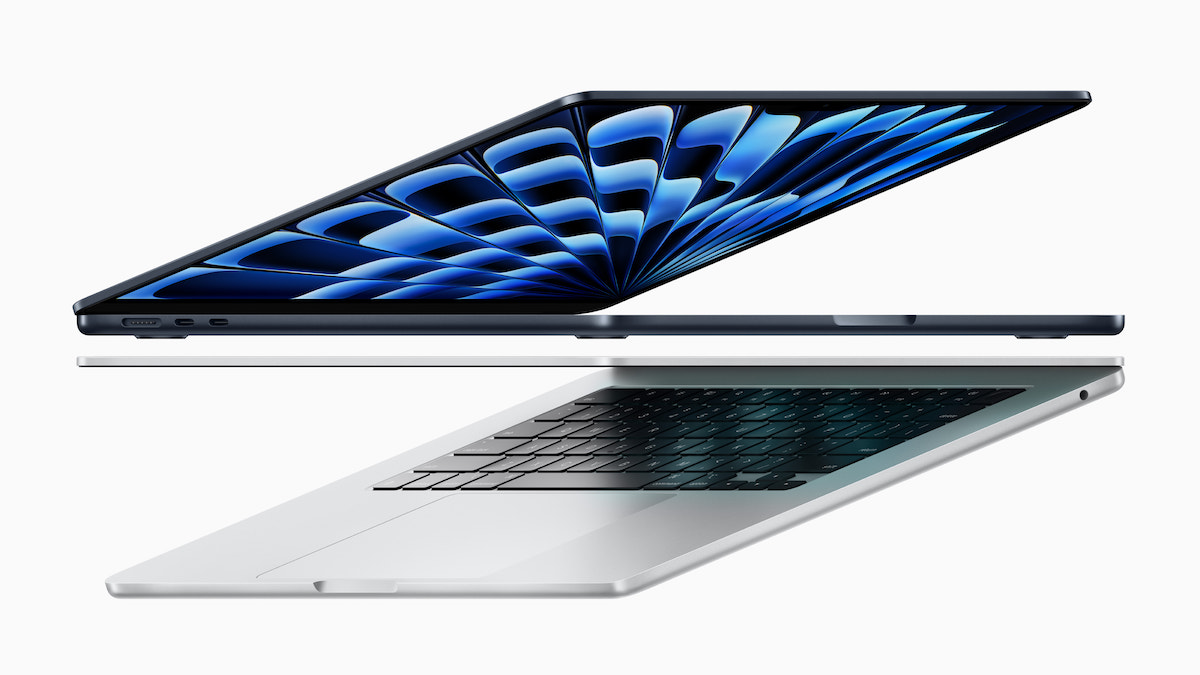MusicRadar Verdict
The MacBook Air M3 might not look like much of an upgrade over the M2, but for music production it makes a surprisingly powerful leap, and the extra screen real estate provided by the 15-inch model is essential.
Pros
- +
Light, thin, quiet and powerful.
- +
The boost we got for Logic was bigger than expected.
- +
The larger Air M3's screen and speakers are a real bonus.
Cons
- -
The M2 will still do for many music tasks.
- -
Comes with Sonoma which may or may not fill you with fear.
MusicRadar's got your back
MacBook Air M3 (2024): What is it?
In this Apple MacBook Air M3 2024 review, we not only line up Apple's newest laptop against the older (but still available) 13-inch Air M2, but also compare and contrast it with the latest MacBook Pros. And the all-new Air M3 might just be the best laptop in terms of sheer power bang per buck that you can buy for music production right now.
Apple has now updated all of its laptops to the latest M3 range of chips. Only the Air is also still available with the older M2 processor, and we’d be surprised if the company's desktop machines – the mini, Studio and Pro – don’t all get an M3 makeover soon, with only the latest iMac currently boasting an M3 chip.
The Air M3 on test here is available in two sizes: 13-inch (actually 13.6-inch) and 15-inch (15.3-inch). We couldn’t resist the temptation to get one in for an all-new test, even though we have been happily using a 13-inch Air M2 for music production for the last 18 months and – if we’re honest – haven’t properly maxed out that machine yet.
But as much as we love the design and grunt of our existing Air M2 – and yes, it is still available, and at a slightly discounted price – we did start to get frustrated after using it for a while, mostly by the screen size, which turned out to be, for us anyway, just that bit too small.
Using its 13-inch display with Logic, for example, just felt a little too confined in terms of what we can see on screen (although not so bad in Ableton Live, weirdly) so being able to get the larger 15-inch screen on the new M3 Air was the first tempter (a 15-inch M2 MacBook Air was launched in 2023, but wasn't available when the 13-inch M2 arrived in 2022, and now seems to have been discontinued). But an increase in promised power – Apple says the M3 chip is anything up to 60% faster than an M1 – sealed the deal.
MacBook Air M3 15" (2024): Performance & verdict
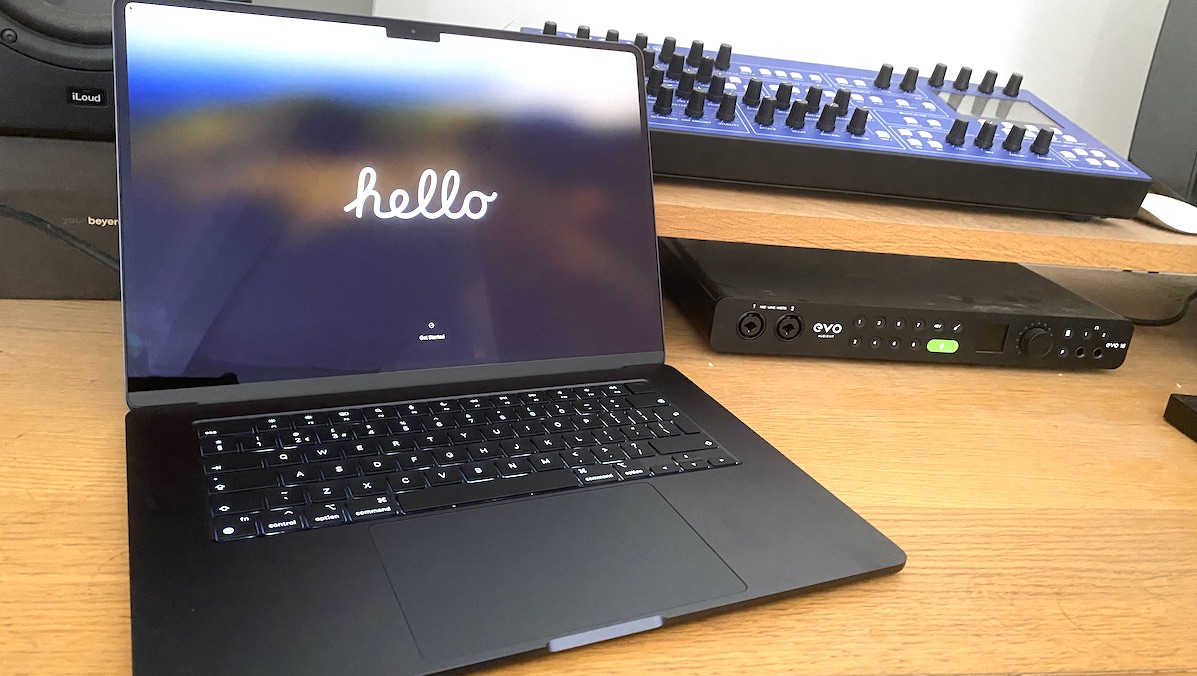
Setting up joy
As with the M2, setting up the Air M3 is a breeze; a two to three hour Time Machine backup soon had it set up identically to our old Air M2. The design feels as sleek as ever, but the biggest impact when we first set up was made by that larger screen real estate. We didn’t realise quite how restrictive the 13-inch M2 was until seeing Logic on the larger screen. Even though it’s less than a couple of inches bigger, it just feels more open, and you’re able to work without so much window closing and adjusting.
After an annoying hurdle, both Logic and Live transferred well to the M3. Logic just would not open at first – in fact we were constantly told to put it in the bin – but eventually, after much Googling, we made a quick security adjustment in System Preferences and it worked. Live then booted up, no problem.
Want all the hottest music and gear news, reviews, deals, features and more, direct to your inbox? Sign up here.
We’ve been aware of some macOS Sonoma plugin issues – particularly with some iLok-based ones – since the operating system's release. Finger’s crossed, we haven’t had too many problems as we write this, but more on this later. The big question, though, is what will this latest M3 chip bring to the performance party?
Performance stats (and lots of them)
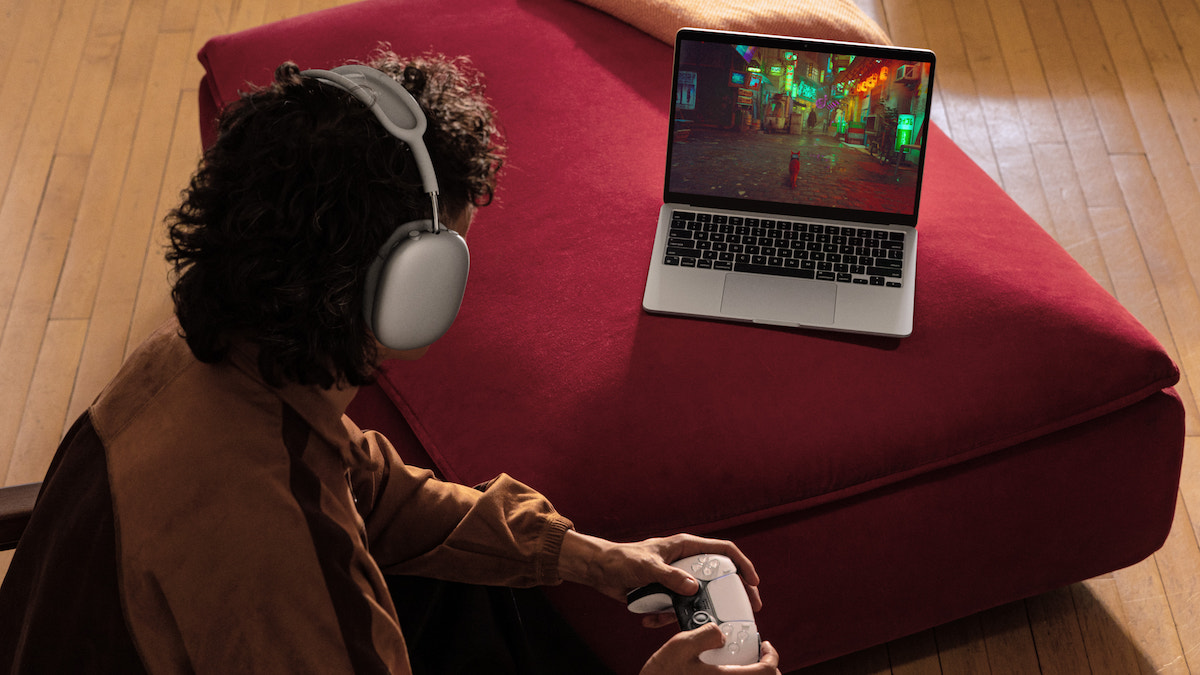
For this review, we were lucky that we had our old M2 Air still up and running with an identical setup and specs (24GB RAM, 1TB hard drive), with both Logic and Live running. We conducted the test just after time machining – if that is indeed a phrase – the M2 to the M3, so the two couldn’t be closer together, the only difference between them being the M processor, so a perfect time to test the performance gap between the two generations.
We started with our, shall we say, less scientific music production based tests - just loading up the same Logic projects on both the M2 and M2 Airs to see how quickly they booted up. Both were lightning fast - once, of course, we'd sorted out the inevitable plugins that the newer processor wouldn’t load. Not much in it, it to be honest, as both machines load a typical project in 4-6 seconds.
Slightly more scientific were our ‘bounce a project down to a stereo file’ tests, and it’s here that more noticeable differences started to appear. The M2 completed a typical track bounce in 27.54 seconds, while the M3 completed the same project in 23.82 seconds, so around 14% quicker.
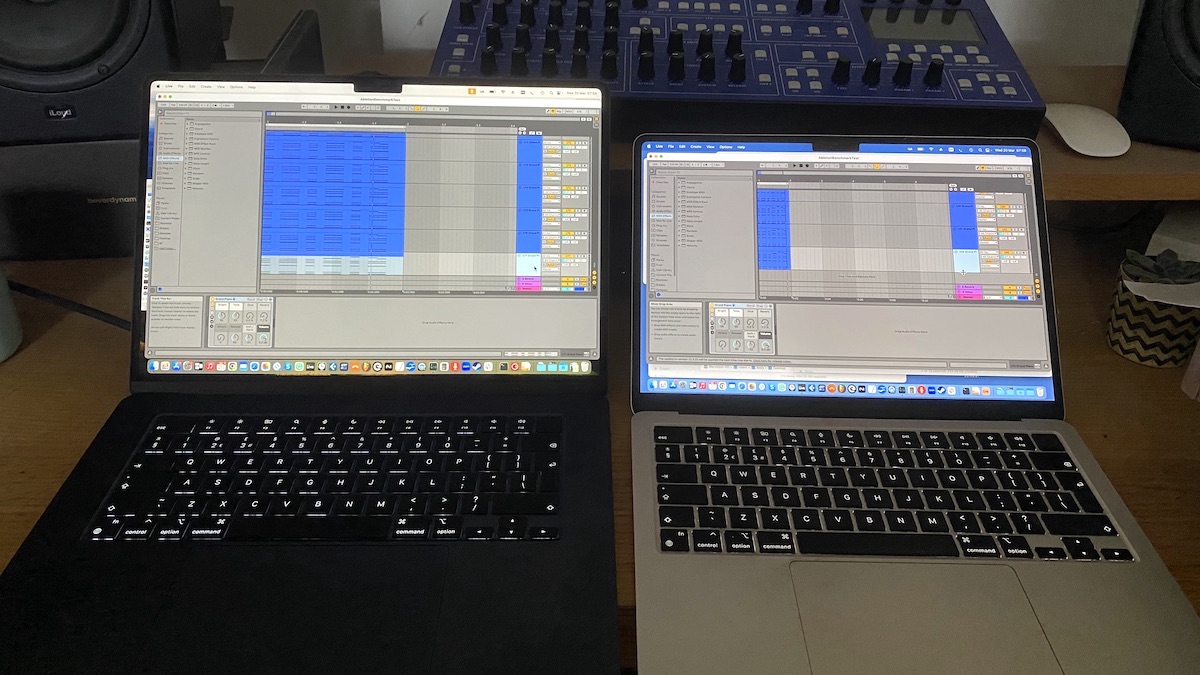
Getting more scientific
Much more scientific were the performance tests we carried out when reviewing the M2 Air, where we used benchmark Logic and Ableton Live projects from music-prod.com. So for this test, we also downloaded the latest benchmark projects from the site to load into both M2 and M3 Airs.
Here, you make sure that you quit all other applications and set the audio preferences for each machine to be identical. Then you simply keep adding the same track within the benchmark project on both the Air M2 and M3 until (in Logic’s case) it states 'System Overload', and in Live’s case the audio starts breaking up. And here’s where things started to get really interesting.
In Ableton Live we were able to open 142 tracks on the Air M2 and 177 tracks on the Air M3, an uplift of around 25%. As impressive as this was, in Logic the results were even more dramatic. The track count for the M2 was 80 and for the M3 108, an uplift of 35%. That means that, based on our tests the M3 is even faster than the 30% that Apple claims.

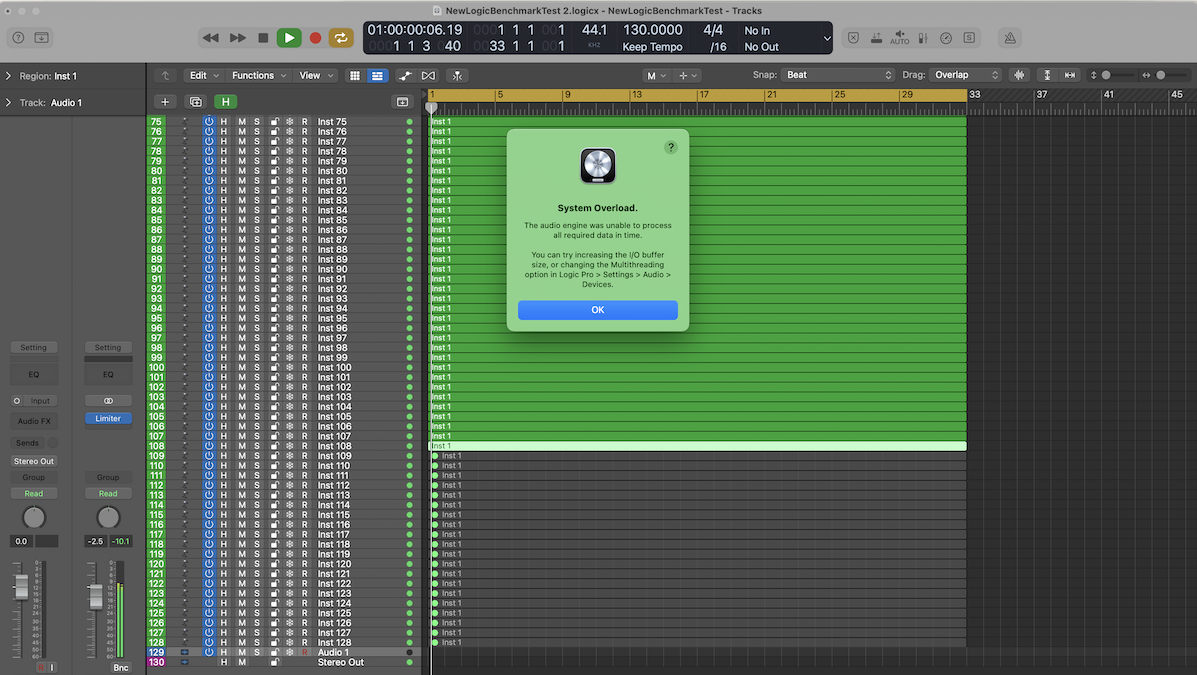
Of course, there could be other factors at play here here – Logic has certainly been optimised for Apple machines so it should be the slickest of applications. But the test here is relative, remember, and with identical systems bar the CPU, that 35% really is just showing the difference between them.
But just for extra peace of mind, we have also included more standard benchmark test results in this review. Or, OK, more accurately, someone else’s. As well as our own tests, Geekbench is our standard for getting our Mac reference data, so we checked its findings - gathered by way of data from many computer users - to see if their latest Air M3 figures backed up our findings.
If the geeks say so…
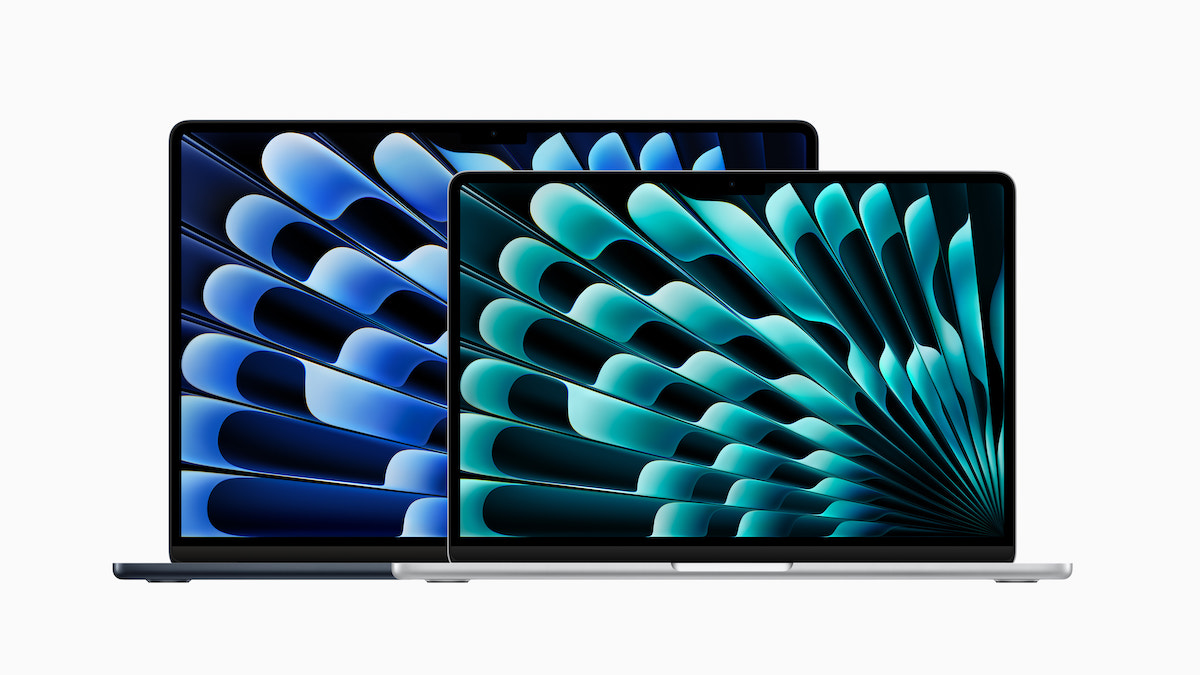
Currently on Geekbench, the Air M2 has a single core rating of 2593, and a multicore rating of 9650. (These figures are based on the computer performing light tasks with a single processor core and heavier ones with multi cores, and the higher the numbers are, the faster the machine/processor.)
Unfortunately, at the time of writing the official M3 Air results were not in on the Geekbench list, but our sister site TechRadar has reported results from Notebookcheck that suggest the single core ratings of the M3 Air will be 3157 (nearly 22% up on the M2), while the multi-core score will be 12,020 (over 24% up). While not as high as our music based results, they certainly get close.
Either way, you are looking at around a 25% uplift of power between the M2 and M3 Air when you combine our tests with Geekbench’s stats. When we reviewed the original M2, we found that it was between 8 and 10% more powerful than an M1; add on the M3 power from this test and we’re not quite hitting the 60% uplift that Apple claims for the M3 over an M1, but it’s still impressive.
Other considerations
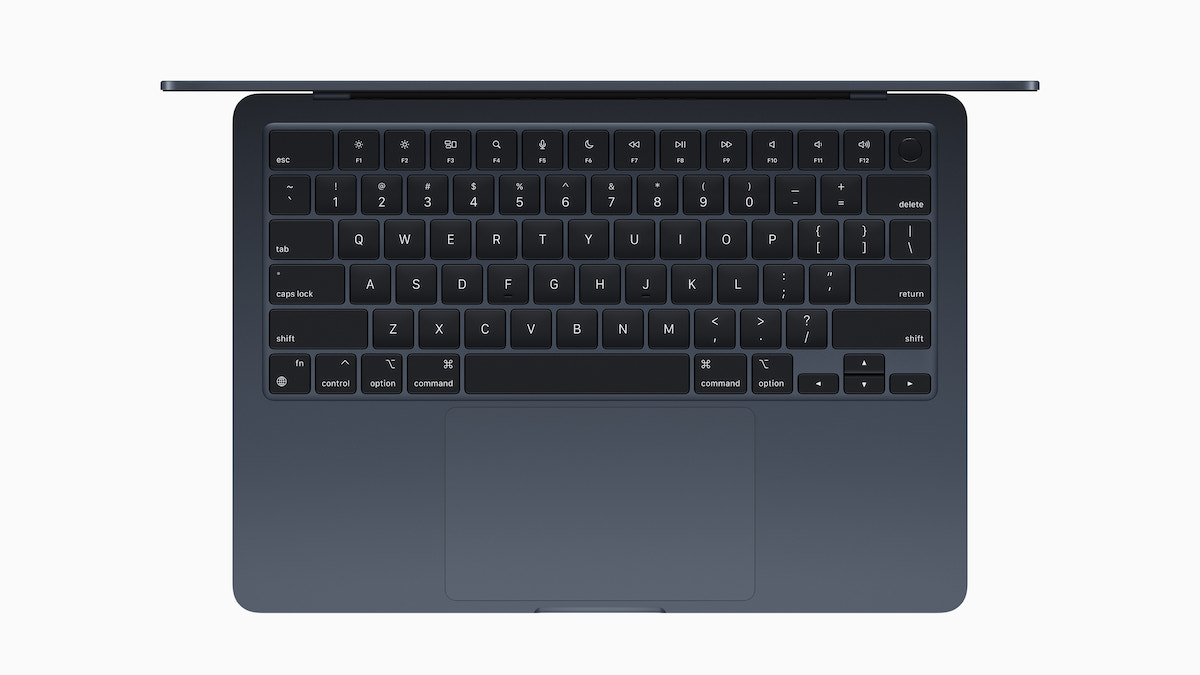
If we have thrown too many stats at you, then apologies, but what this all means is that the M3 Air is an impressive performer. TechRadar even suggests that its multicore stats are right up there with the standard M3 MacBook Pro (as you might expect, given the same processor in each machine) so we're starting to be able to draw some clear conclusions.
This equivalent M3 MacBook Pro costs £200 more but has a smaller 14-inch screen, albeit with a better quality display. To our mind the cheaper Air M3 is a better buy for music because it nearly matches the power and that bigger screen will make a difference. Similarly, we’d also recommend buying the Air M3 over the still available Air M2 – you can pay as little as £100 for the same spec’d M3 over the M2, but get the large uplift in power.
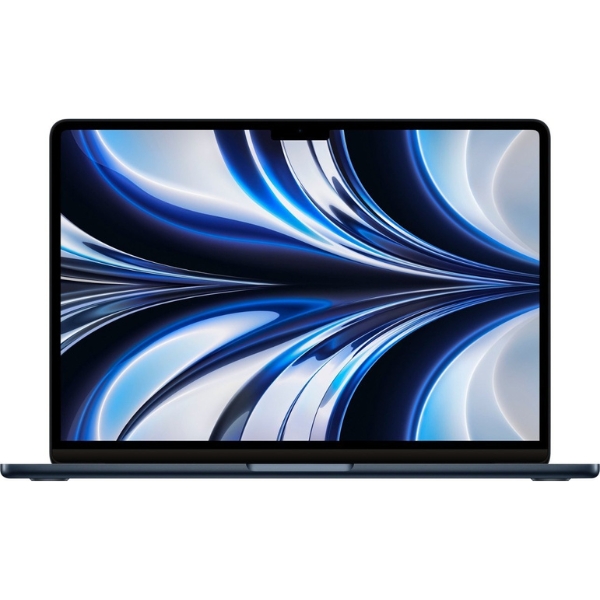
Apple MacBook Air M2: Will get you very decent music making power for a slightly lower outlay
Apple MacBook pro M3 or above: The faster Pros will give more power but are significantly more expensive
Apple iMac: Always delivering good value and specs, the iMac is a great M3 desktop option
Perhaps the bigger question is whether you should consider upgrading either an M1 or M2 Mac to the M3, as we have. Whichever way you look at it, the M3 is a powerful Air, but you are paying a lot for the extra power (although of course, you can trade in your existing Mac).
We’re certainly noticing a difference in our music production with the M3 Air, but have to add that that is largely down to the extra screen real-estate; from now on, we’ll definitely use a larger screen laptop for music production, so the Air M3 15-inch wins out on that score.
Another happy side-effect that we got from testing the M3 directly alongside the 13-inch M2 with our Live and Logic projects, is that we found out that the M3 sounds way better through its own speakers. While we’d never recommend mixing using Apple speakers, if this kind of playback is important to you, perhaps just for general music listening, then the larger M3 model sounds distinctly better – with a lot more bass – than the 13-inch Air M2.
Negatives? Well, apparently Apple has given these new Airs a coat of something to stop them marking with fingerprints and so on. Unfortunately, after a week, our new machine is covered in the usual marks and as dirty as ever, so we have to report that whatever Apple is using, it doesn't seem to be helping that much.
Overall conclusions
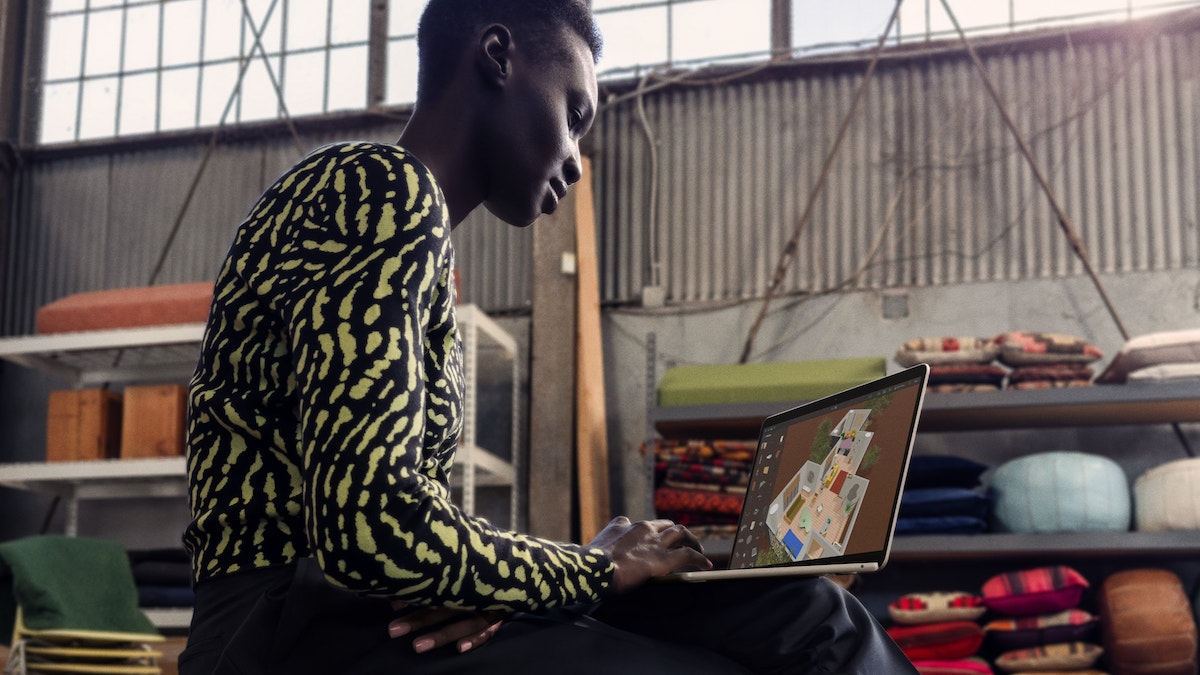
But that is one of just a few negatives to report. Overall, we’re pretty stunned that Apple has managed to get so much oomph out of the M3 Air compared to the M2, and that these chips are accelerating so much and so fast. Combine the performance with the quiet Air operation, the sleek design and larger screen, and we think the 15-inch Air M3 is currently the laptop to beat for mobile music production. It's a match for (and cheaper than) the lower-end MacBook Pro, and certainly delivers bang for buck compared to even the more powerful models.
As we said earlier, the new M3 comes with Sonoma built in, and this latest macOS is still doing its typical ‘new operating system thing’ with some manufacturer's plugins (ie,they don’t work). Of course this isn't just an Air M3 issue, and many plugins do run fine under this latest OS. We haven’t checked every plugin on our system – and seem to be doing better than many users in terms of our compatibility issues – but Sweetwater has a decent guide, including details on many plugin manufacturers and their compatibility, so you should check the latest news on your favourite plugins there before upgrading.
As ever, plugin manufacturers have to play catch up with Apple, but once they do, the M3 Air will be a mighty music production platform to run them on.
MusicRadar verdict: The MacBook Air M3 might not look like much of an upgrade over the M2, but for music production it makes a surprisingly powerful leap, and the extra screen real estate provided by the 15-inch model is essential.
- Our pick of the best Macs for music production
MacBook Air M3 (2024): Hands-on demos
"Get the cheaper M2 if you don't need the power"
"Apple nailed it"
"The M3 MacBook Air is the BEST MAC for EVERYBODY!"
MacBook Air M3 (2024): Specifications
- CPU: Apple M3
- Graphics: Apple M3
- RAM: 8GB – 24GB
- Screen: 15.3-inch Liquid Retina display (2880 x1864)
- Storage: 256GB – 2TB SSD
- Dimensions: 34.04 x 23.76 x 1.15cm
- Weight: 1.51kg
- Contact: Apple
Looking for more great new gear? Get all our round-up, news, features, tutorials, tips and more at our Gear Expo hub page.
Andy has been writing about music production and technology for 30 years having started out on Music Technology magazine back in 1992. He has edited the magazines Future Music, Keyboard Review, MusicTech and Computer Music, which he helped launch back in 1998. He owns way too many synthesizers.
